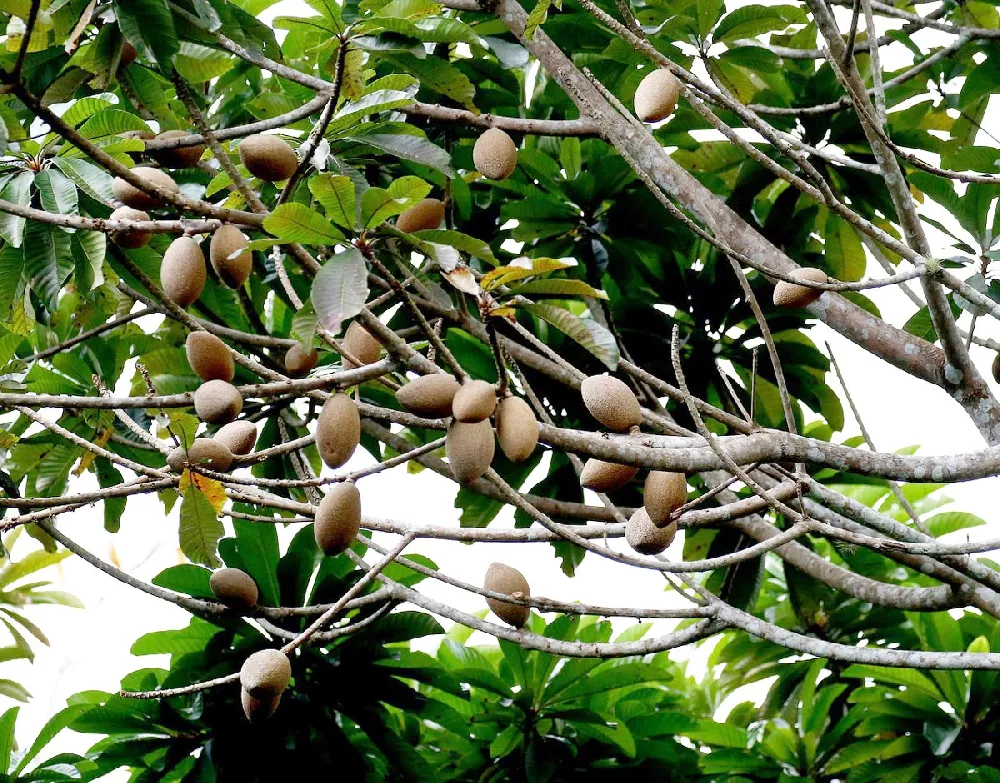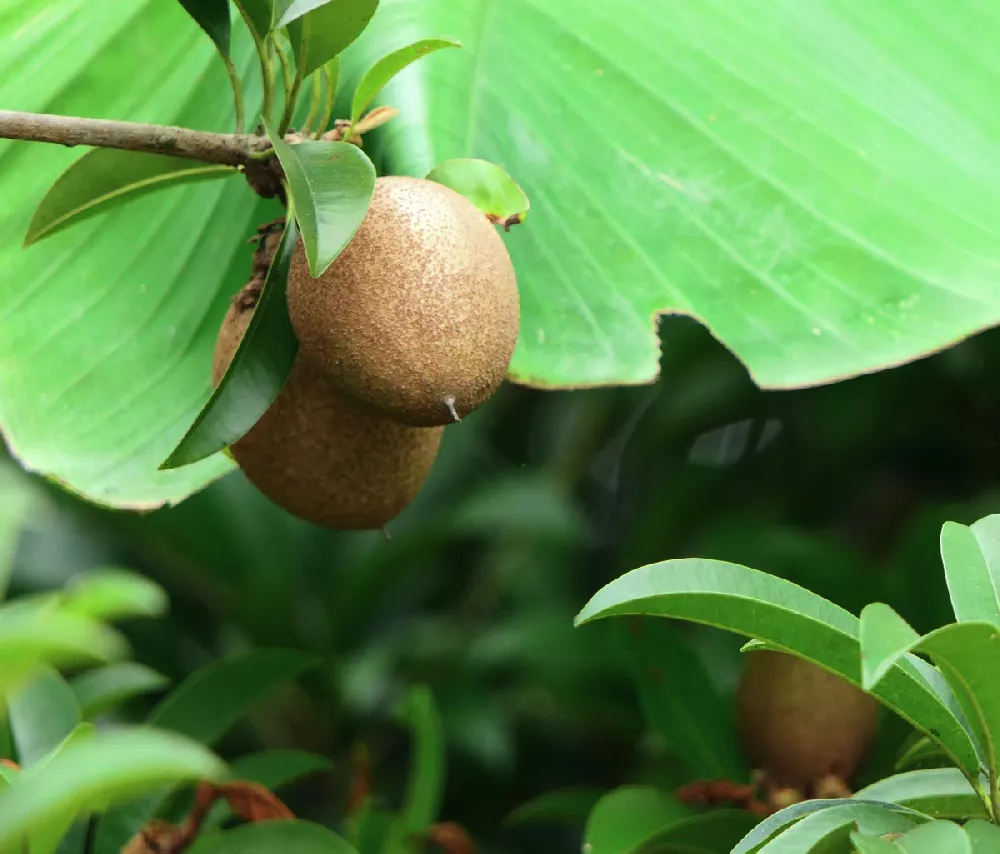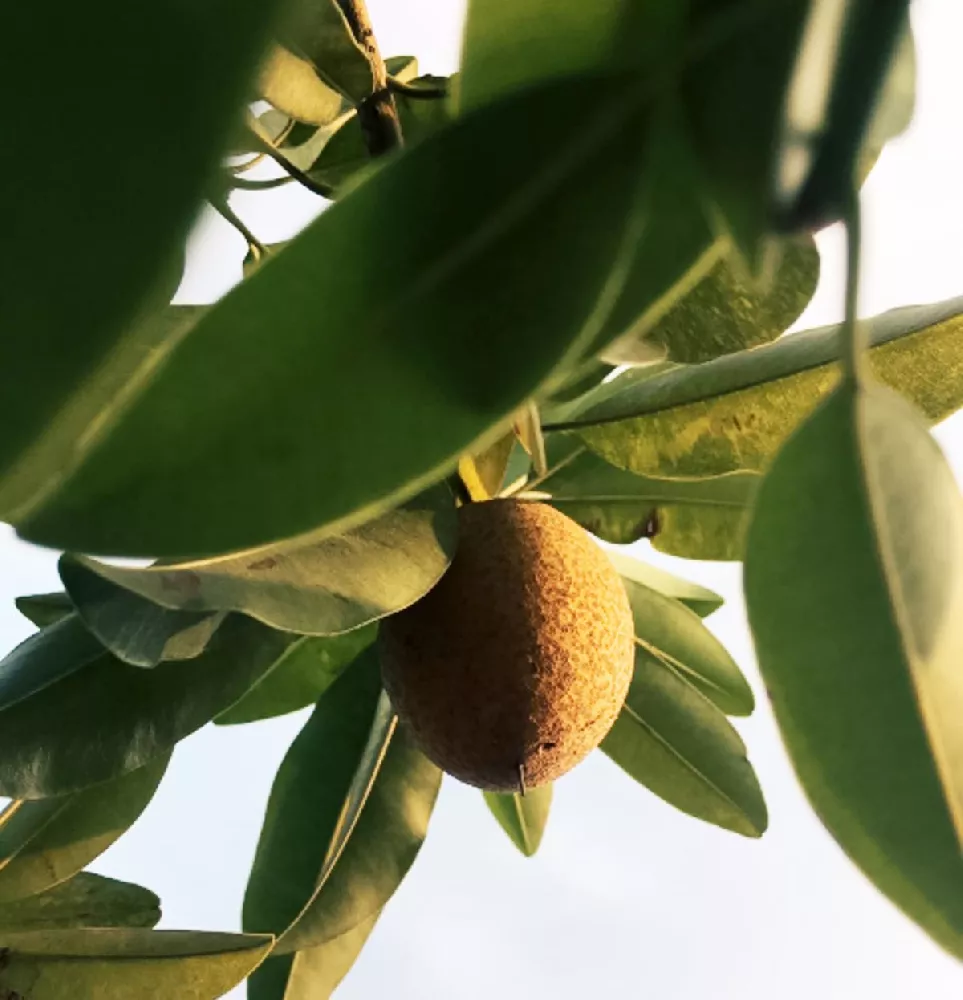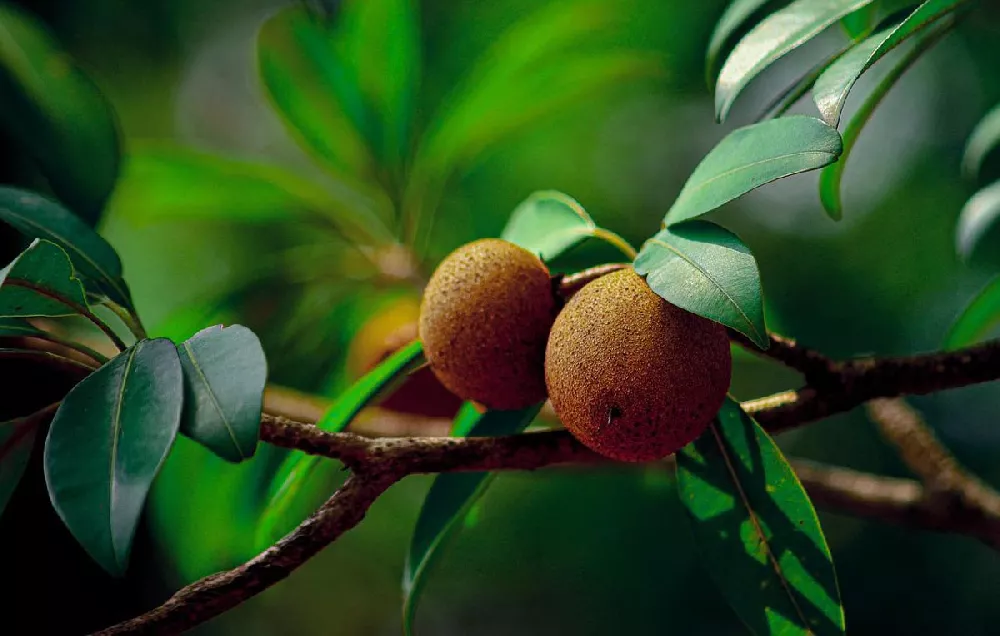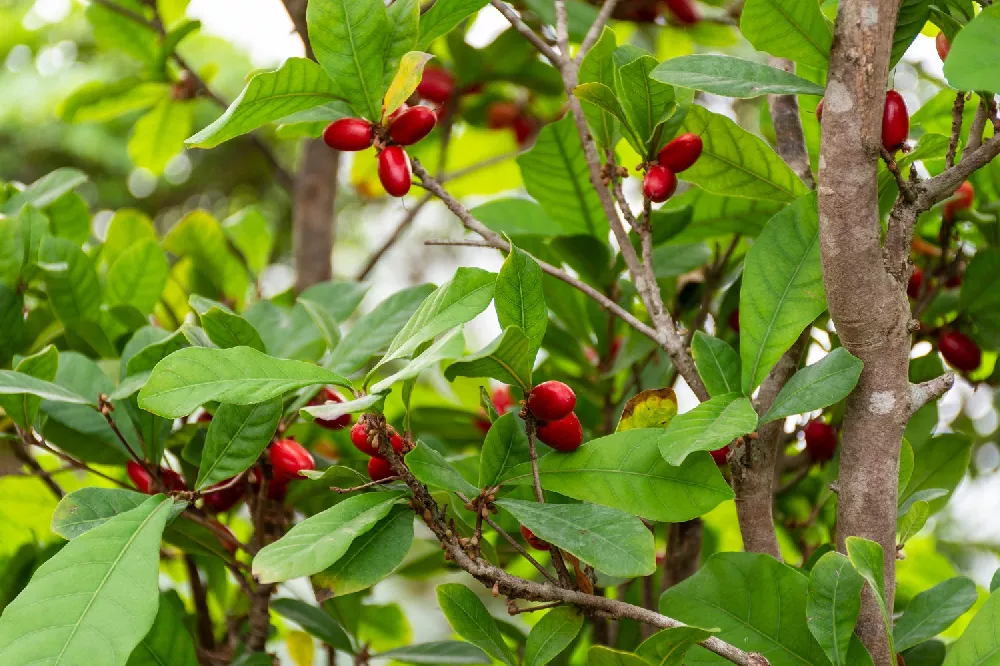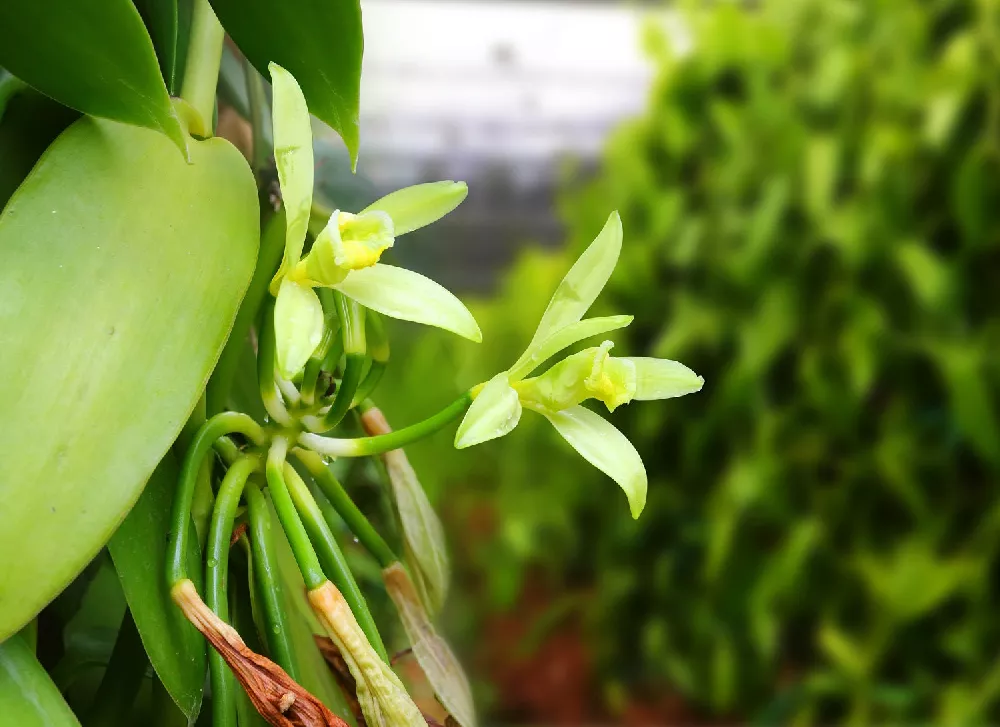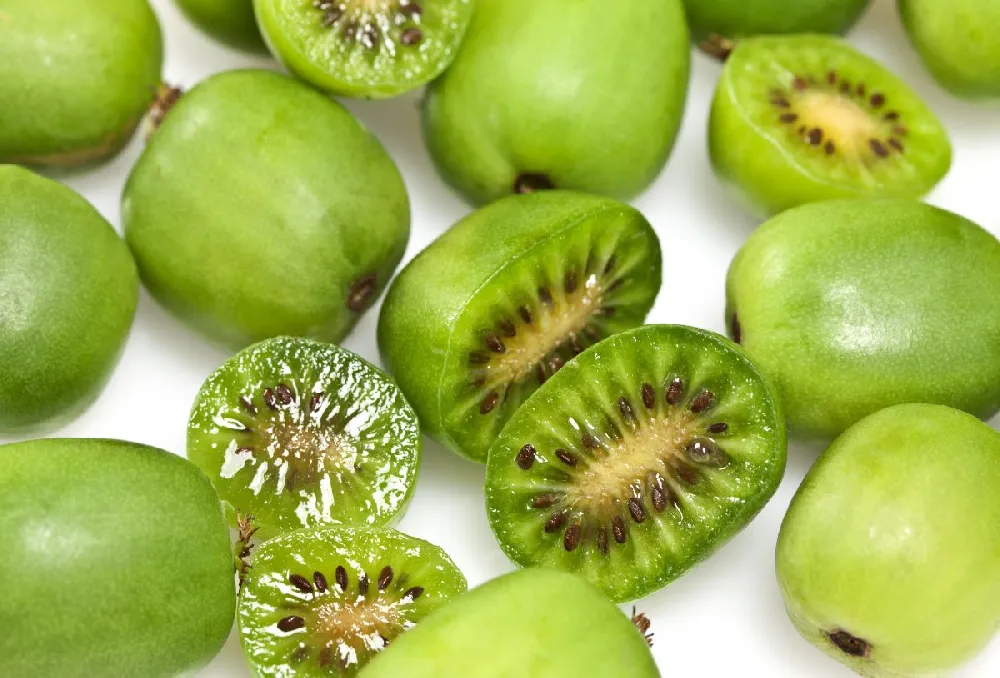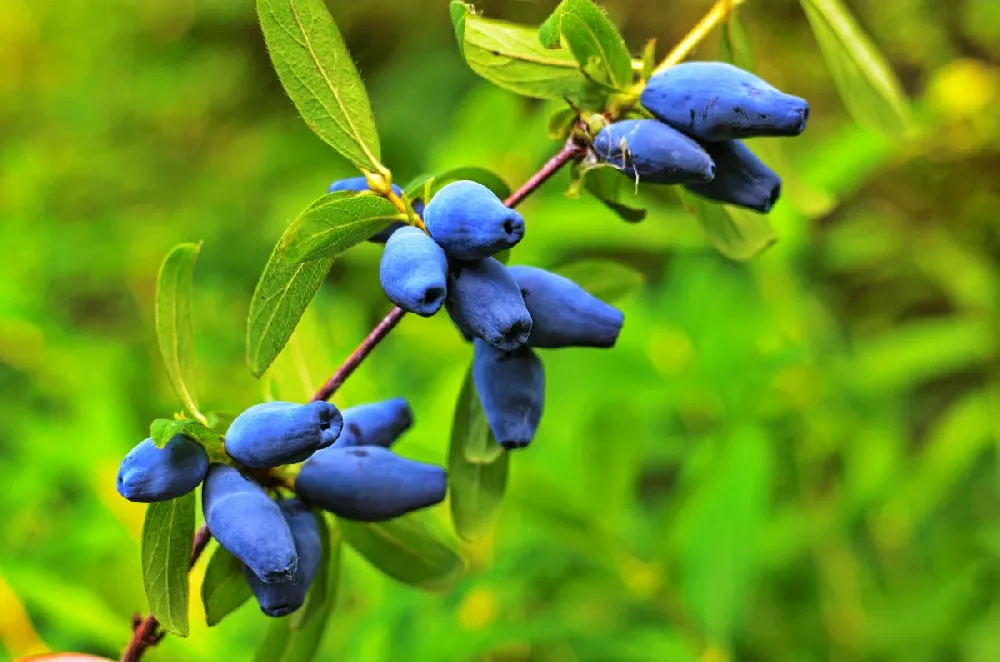- Home >
- Edible Plants >
- Mamey Sapote Cuban Fruit Trees
Mamey Sapote Cuban Fruit Trees for Sale - Buying & Growing Guide
Almost unknown in much of the U.S., the mamey sapote Cuban fruit tree produces the national fruit of Cuba and is enthusiastically grown in tropical areas across the globe, including southern parts of the U.S. It is rapidly growing in popularity in North America due to its delicious fruit. It is also an attractive tree, with long, glossy dark green leaves and a full silhouette that adds form and contrast to the garden. In northern areas, it is an excellent patio plant if grown in a container and brought indoors during the winter. Here are a few more reasons to like Pouteria sapota, the mamey sapote:
- May grow as tall as 40 feet, but trees can be pruned to a more manageable size for container growth.
- A prolific producer of large brown berries, with a single tree capable of producing 200 to 500 of the 8-inch fruits.
- Fruit is sweet, with a creamy consistency, and can be used in baking, salads, smoothies and more.
Enter your zip code to find nearby stores that may carry this plant.
Plant Care
Sunlight

Tropical mamey sapote trees need at least eight hours of direct sunlight a day.
Watering
Once established, a mamey sapote Cuban fruit tree needs about an inch of water a week, either from rain or supplemental watering.
Fertilizing

Feed young mamey sapote trees in March, July, and September with an 8-3-9 fertilizer; older trees need less fertilizer.
Planting and Care
Planting instructions
When planting in the ground, place your mamey sapote Cuban fruit tree at least 20 to 30 feet away from buildings, overhead wires, and other possible obstructions. The trees are tolerant of a range of soil types but cannot handle soggy roots, so be sure the soil drains well. Unpot your sapling and tease out any encircling roots so that they don’t girdle the tree and eventually kill it. Dig a hole that is three to four times as wide as the root ball and three times as deep. Fill the hole back in part way with some of the loosened soil that you dug out, which will make it easier for the roots to spread out and grow. Place the tree on the loosened soil and fill in around it with more topsoil. Don’t add compost or fertilizer at this time. Tamp down the soil as you work, and when done, water thoroughly.
Watering and nutrients
For the first few months after planting, water your mamey sapote every other day unless it rains. Make sure that the water drains well into the soil and there are no standing puddles around the tree. Once the tree is acclimated and growing, cut back watering to one inch a week. For the first three years of its growth, fertilize your mamey sapote several times throughout the growing season with a slow-release product formulated for tropical trees. After the third year, cut back and fertilize twice at the beginning and middle of the growing season.
Pollination
Mamey sapote Cuban fruit trees have small white flowers which contain both male and female parts. The flowers are pollinated by bees and other pollinating insects. Although not necessary, pollination is improved if there are more than one tree in the area.
Pruning
Prune out dead or diseased branches, as well as any branches that rub against each other, whenever you see them. Prune for shape or to keep the tree to a manageable height in the summer after the fruit is harvested. The mamey sapote Cuban fruit tree has a single trunk from which several vertically-oriented primary branches will grow. Most pruning should be done while the tree is still young and growing.
Pests and diseases
Few insects bother the mamey sapote. The Cuban may beetle is one of the few, and Caribbean fruit flies may also be present. Insecticidal soaps and oils may be used for either of these two pests, and Bacillus thuringiensis (B.t.) has also proven effective. Mamey sapote trees are resistant to most diseases, although anthracnose, a fungus, may attack the berries. Algal spot, meanwhile, may cause spots on the leaves that are greenish-gray and slightly raised. Copper fungicide is effective for both these diseases.
Harvesting
Harvest the large, football-shaped berries when they turn brown, which occurs between 13 to 24 months after flowering. The berries may appear at various times throughout the growing season, anytime between March and August. Remove them by twisting or cutting them off, and store them carefully in the refrigerator to avoid bruising. The berries do not continue to ripen after picking, so it’s important to pick only those at the peak of ripeness.
Achieving maximum results
For container-grown plants, pruning is of vital importance. Left on its own, the mamey sapote Cuban fruit tree may reach 40 feet. To keep it manageable in a container, allow three or four sturdy leaders (trunks) to grow, but cut off any above that amount. You want to develop a good framework that allows light and air into the center of the tree. If the tree gets too tall, cut off the top growth as needed. Bring your container-grown plant inside if the temperatures dip below the 40s Fahrenheit. They can handle temperatures that briefly go into the 30s Fahrenheit, but sustained temperatures of that range will kill the tree. If it is well-cared-for, your container-grown mamey sapote can live as long as 100 years.
FAQs
How long before my mamey sapote will bear fruit?
A healthy mamey sapote Cuban fruit tree will start bearing fruit when it is anywhere from 5 to 7 years old. Grafted plants may bloom and set fruit at as young as 3 years of age. Note that it can take up to two years from the time the plant flowers until the fruits are ripe enough to eat.
Where can I grow the mamey sapote cuban fruit tree?
In the U.S., mamey sapote trees can be grown in the ground in the warmer areas of Florida, California, and Texas, as well as in Hawaii. As a container plant, however, you can grow a mamey sapote just about anywhere in the U.S., as long as you are willing to bring it indoors to a well-lit space during the winter.
What does a mamey sapote fruit taste like?
Although taste is subjective, many people relate the taste of a mamey sapote to the taste of pumpkin, which has a similar texture as well. The berries are used in cooking and eaten raw throughout Central America in everything from ice cream to pastry fillings.
Compare Similar Products
You can't add more Product Name - Product size to the cart.
OK